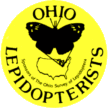Programs
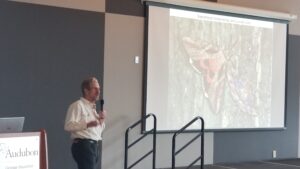
Annual Meeting
Ohio Lepidopterists holds an annual meeting in January. Speakers present on wide ranging topics in the Lep world, including state wide monitoring results, interesting trips, and new scientific findings. Past speakers have included Kenn Kaufman, author of “Kaufman Field Guide to Butterflies of North America”, and Seabrooke Leckie, author of “Peterson Field Guide to Moths of Northeastern North America”.
Join us for interesting topics in a relaxed atmosphere!
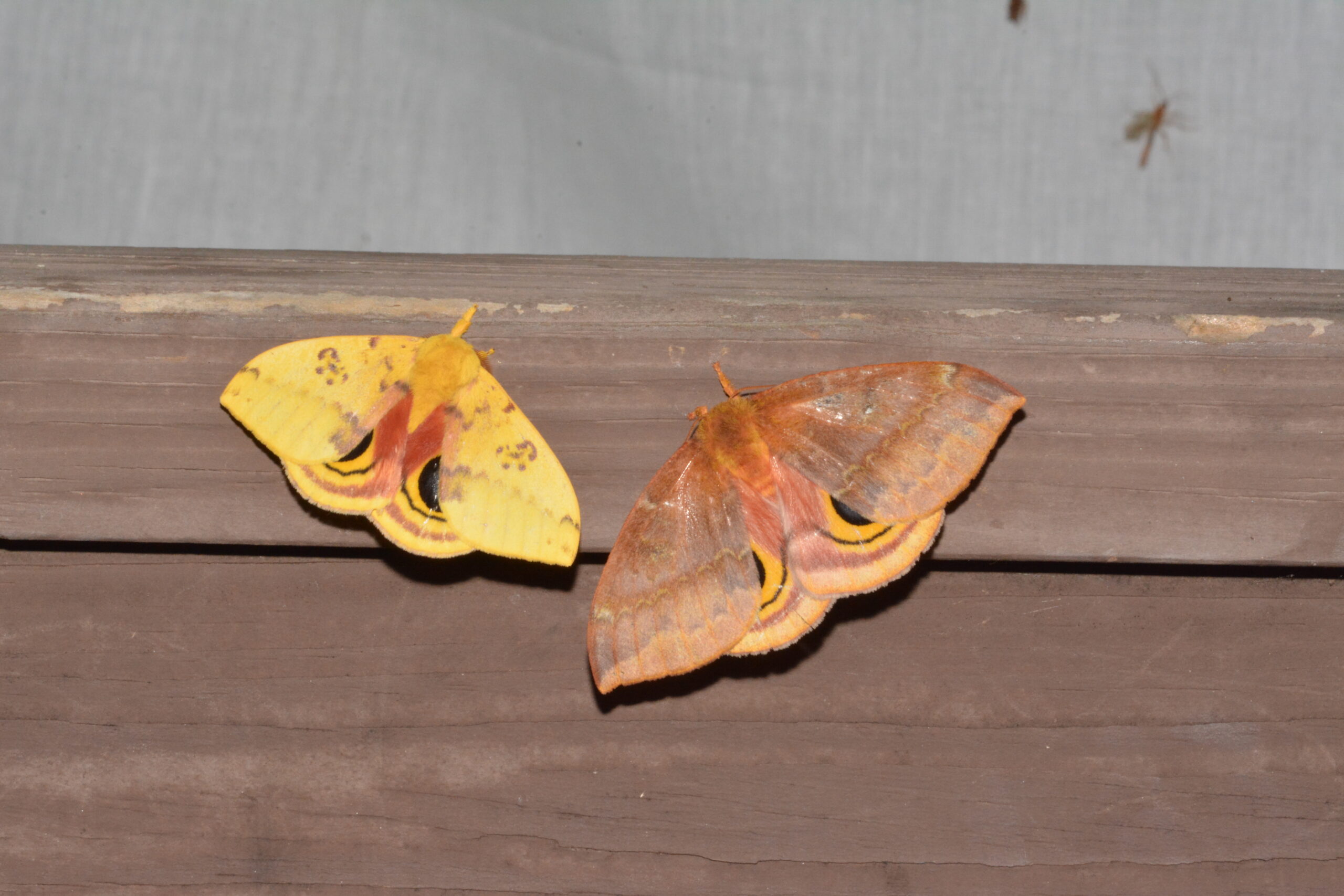
Video Programs
Like everyone else, Ohio Lepidopterist is changing with the times. Watch this space as we are developing a new and exciting video lecture series. These on-line programs will be free for members and low cost to the general public.
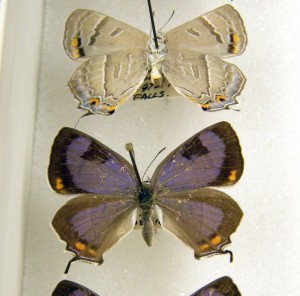
ID day and the Triplehorn Insect Collection at OSU
Join us at the Triplehorn Insect collection to help ID butterfly and moth specimens.
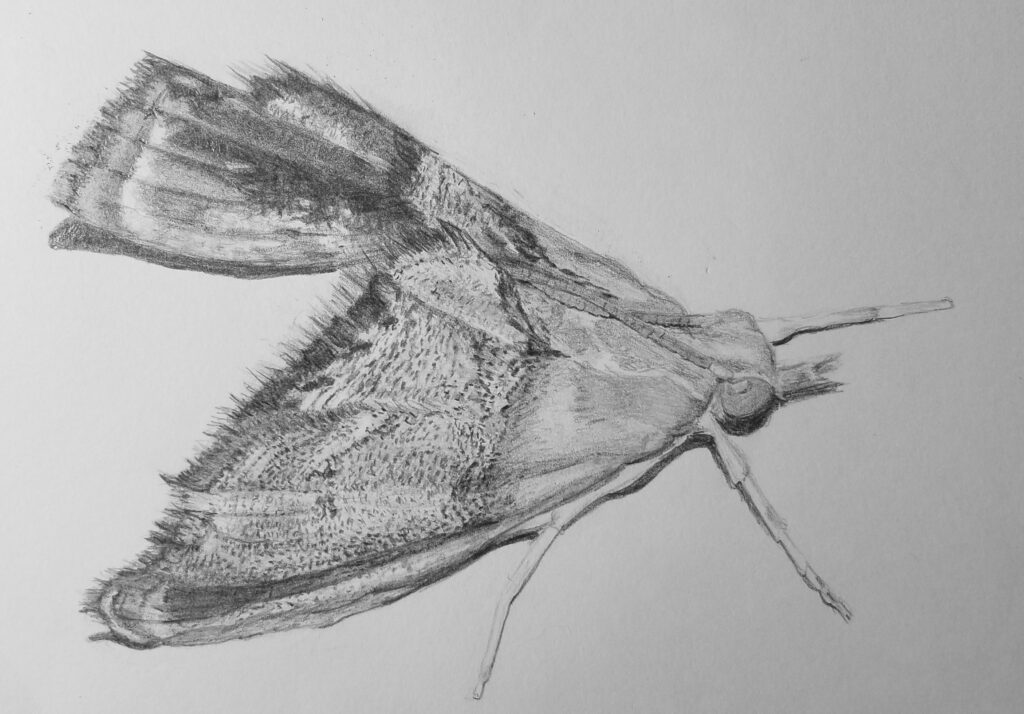
Outreach
We can provide speakers on a variety of topics, as well as printed materials and brochures. Have a conference or meeting? We have a tabletop display and can provide a person to help talk about Ohio Lepidopterist

Butterfly Observation Group (BOG)
The bi-monthly meetings are currently on hold due to Covid issues and will resume when the Upper Arlington Library opens up it’s meeting rooms
The BOG meets every other month. During the period of time that butterflies are in flight, the BOG has field trips across the state of Ohio and neighboring states. During the colder months, the BOG holds meetings on topics such as gardening, Lepidoptera lifecycle, and where to find butterflies.
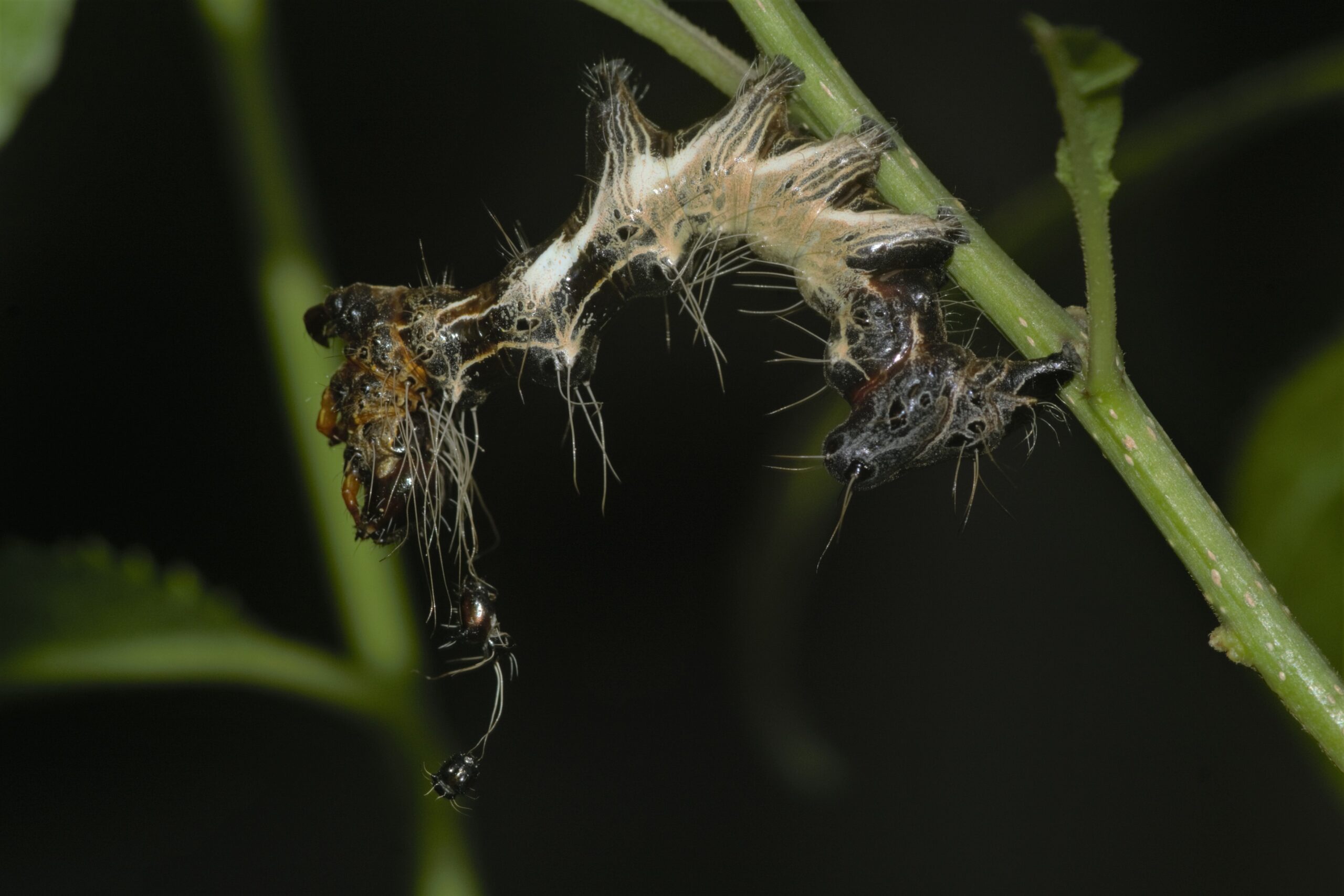
What the heck is that?
Harris's Three Spot Moth (Harrisimemna trisignata)
Want to learn more about Leps?
We are always looking to develop new programs for our members and the public. Suggest a program topic, or a great speaker.
